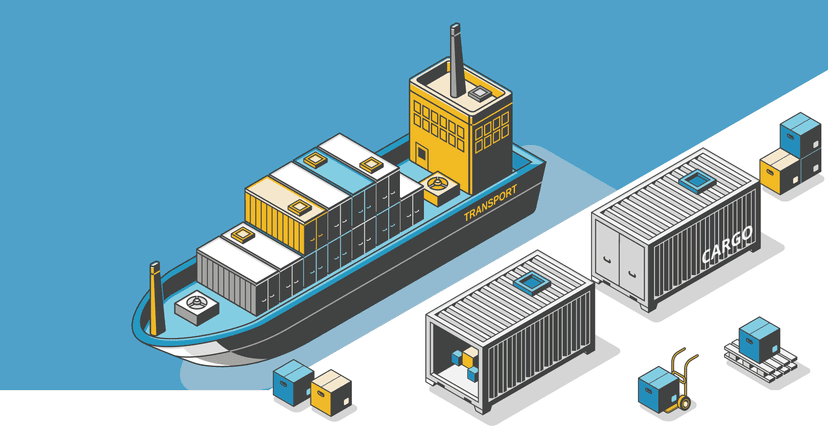
The Ultimate FCL Shipping Handbook: Costs, Benefits, and Best Practices for 2025
FCL shipping (Full Container Load) involves hiring an entire shipping container exclusively for your cargo, offering faster transit times an...
BL must be revised to reflect modifications to the destination ports and the descriptions of the cargo, or in which shippers may wish to omit the supplier's name from the bill.

To ensure a seamless process, BL standard procedure must always be followed while requesting and processing of a switch BL.
A Bill of Lading (BL) serves as a receipt and a contract between the shipper and the carrier in international transportation. It includes all the information required to handle the shipment and generate precise invoices. Particularly during cross-border commerce, this document is essential for ensuring transparency and compliance with the laws of two or more nations.
Shippers require a second set of bills to handle these eventualities. This second BL replaces the original and is referred as the Switch Bill of Lading (Switch BL).
Purpose of Using Switch Bill of Lading
1. Concealing the details of supplier from buyer: International trading frequently involves triangle trades. Instead of buying directly from the manufacturer, importers interact with a middleman or distributor. For instance, let's imagine an Indian dealer of car parts wishes to supply parts to a Japanese importer that were produced at a factory in Singapore.
In this instance, the distributor situated in India lacks an office in Singapore to coordinate the shipping to Japan. In this situation, they will replace the original Bill of Lading with a Switch Bill of Lading. Except for the Indian distributors' information, the real seller's information will be replaced by that of the distributors in this new bill. The importer in Japan won't be informed of the Singaporean manufacturer, making it impossible for them to negotiate directly with the exporters.
2. Reveal the latest shipping arrangements in high sea sales: High Sea Sales (HSS) allow importers to purchase huge quantities of products from foreign companies and then sell those commodities to a customer while they are still in transit by sea. For instance, Company B in Australia sold a container of frozen meals to Company A in the United States (U.S.). Company A discovers a customer in the U.S. by the name of Company C while the frozen food container is in transit. Company A transfer’s ownership of the products and sells the container to Company C. A Switch BL is created to reflect the fact that Company C is now the buyer of the consignment.
Only specific details from the original BL may be changed when submitting a switch BL, such as:
Details in the BL that cannot be changed in a switch BL are as follows:
Step 1: The switch B/L application form is available from the carrier for execution by the original exporter of the goods, the trade agency, or the end purchaser. There are two columns in this application—one for entering data from the original B/L and the other for adding the additional information.
Step 2: The original B/L must now be submitted in three copies. This submission can be done in person at the carrier office, online, or by email. Businesses should check with the carrier office about their specific policies regarding accepting B/L requests because they may vary.
Step 3: After the carrier has validated and authorised the request, the switch BL will be delivered to the parties who made the request. The original bill of lading is nullified and no longer in use.
Step 4: After receiving the approved document, the requesting party pays the revised bill and picks it up from the carrier's office. It takes a few working days to complete the entire process.

To ensure a seamless process, BL standard procedure must always be followed when seeking a change. Here is a sample request and processing of a switch BL.
Party A: the manufacturing facility
Party B: the salesperson for the products.
Party C: Final purchaser/consignee:
A will have been listed as the shipper and B as the consignee on the initial and original set of B/L. A switch B/L with B listed as the shipper and C listed as the consignee may be later requested by the cargo owner.
Other changes to the shipment description are permitted, but only with the express consent of the cargo owner and only to specific details like the cargo's condition, the terms of payment, the location and time of loading, Incoterms, etc.
In our case, this entails identifying firm C as the buyer/consignee and company B as the supplier. By doing this, the supplier's identity is kept a secret while simultaneously maintaining consistency with the updated BL.